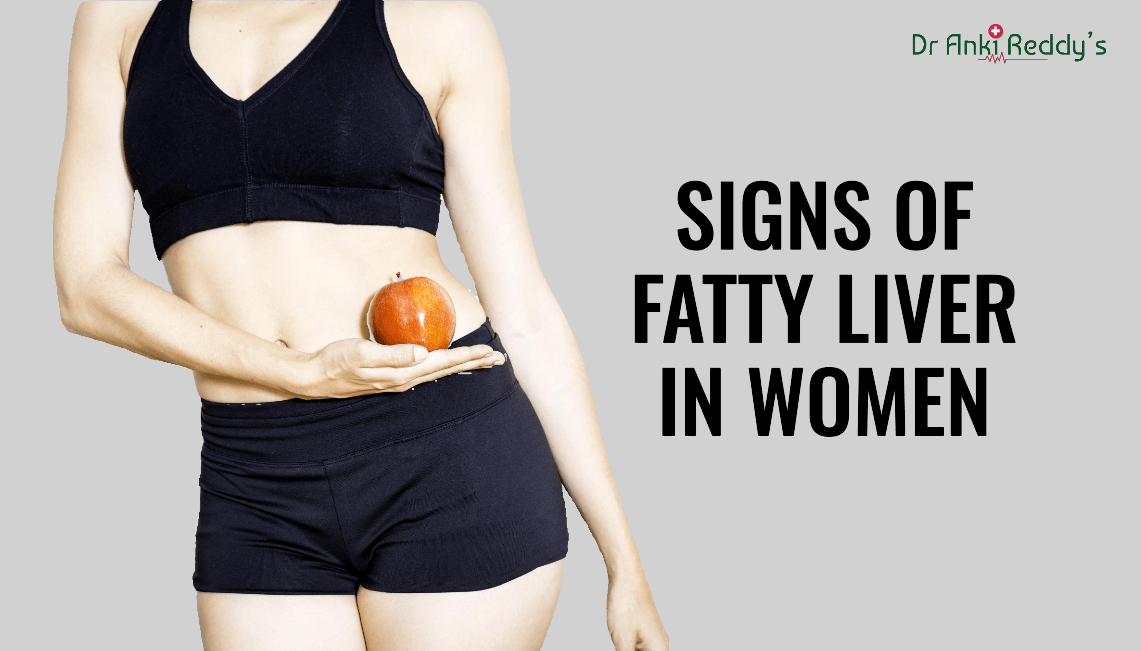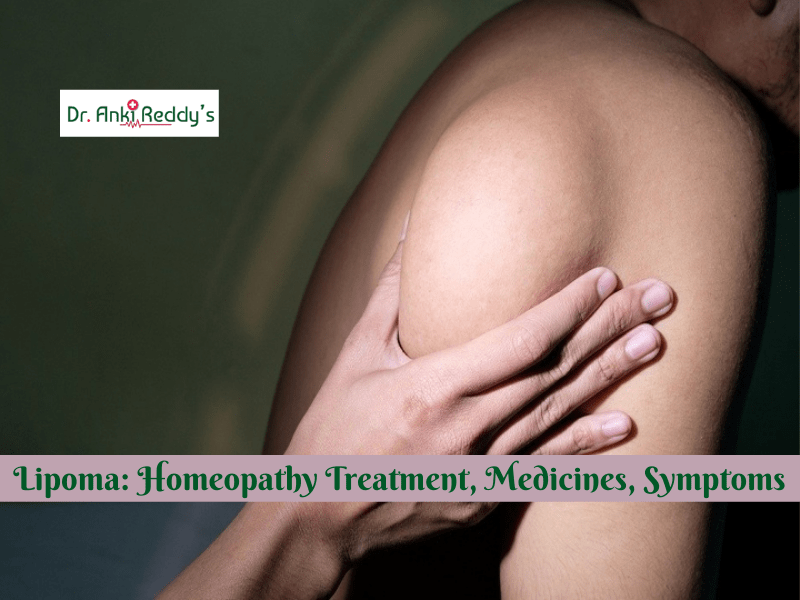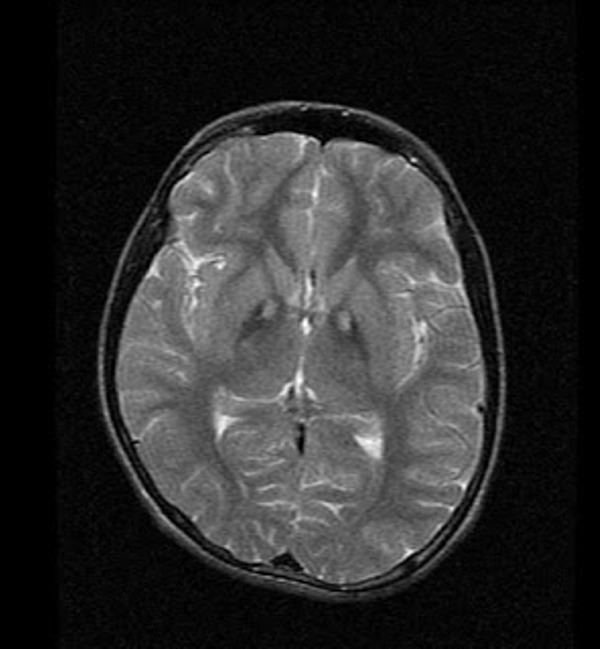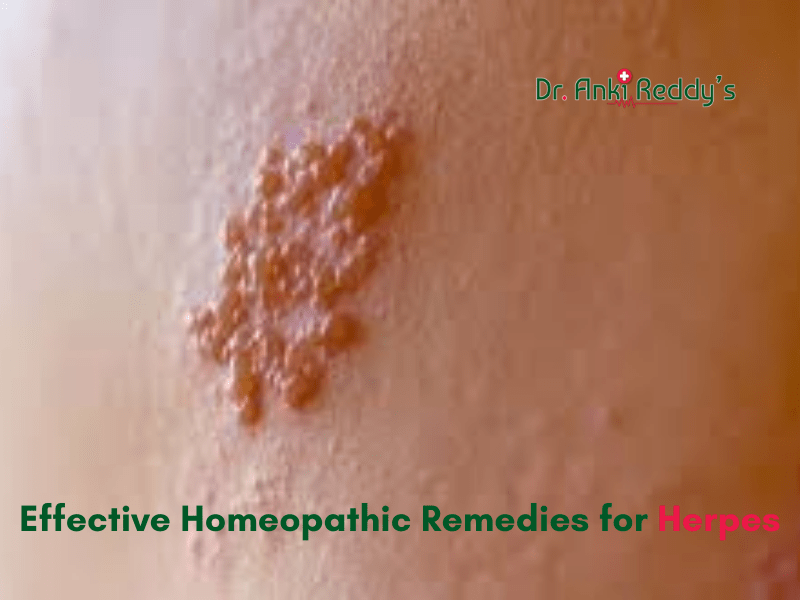Early Fatty Liver Symptoms in Females: What to Watch For?
Recognizing the early fatty liver symptoms in females
As a liver disease is indeed essential for timely treatment and also management of the health issue.
Focus is on symptoms like fatigue and weakness, upper right abdominal discomfort, unexplained weight loss and enlarged liver as well as elevated liver enzymes.
Liver disease was earlier a rare occurrence, mostly of course affecting alcoholics. Nowadays this is not so.
It is possible to stop fatty liver and even reverse it completely if diagnosed early.
What is fatty liver disease?
Fatty liver occurs when too much fat does get stored in the liver and it is unable to function properly. This extra fat also does increase inflammation. This is very critical to a person’s health as the liver is a powerhouse organ. The liver also does play a key role in controlling the supply of energy in the body. The sugar (glucose) in one’s blood is carried into cells by insulin, to be burned for energy. But when glucose is not easily entering the cells (as in insulin resistance) or when by simply eating more than than required, that extra energy gets turned into fat in the form of triglycerides, which get stored in the cells of one’s liver.
The same process does occur in people who drink too much alcohol. It begins as much fat deposited in the liver and then progress to inflammation, liver cell injury, and also scarring later.
Early warning fatty liver symptoms in females
In its early stages, symptoms of fatty liver can indeed be either non-existent or vague, like fatigue, fuzzy thinking, mild abdominal discomfort or even swelling, and also possible irritable bowel syndrome symptoms.
- Extra weight (being overweight or obese)
2. High (fasting) blood triglycerides
3. High or high-normal (fasting) blood glucose
4. Pre-diabetes (metabolic syndrome)
5. Type 2 diabetes
Obesity is indeed much a risk factor. Yet, obesity is not the only factor.
Fatty liver can also affect women who do not suffer from extra weight.
Although, fatty liver disease does develop in several lean individuals, this does make it easy to miss. If normal weight but not exercising much, and the belly contains more fat than required, the risk is there, especially if one’s triglycerides are high and one’s HDL-cholesterol is low. Type 2 diabetes or metabolic syndrome (prediabetes) is also a cause.
Menopause and fatty liver
Menopause also increases risk of developing fatty liver, since estrogen naturally does protect the liver and also supports insulin sensitivity. An expanding waist, weight gain and also lower energy that causes a person to move less do increase the chances of depositing more fat in the liver. More post-menopausal women than pre-menopausal women suffer from fatty liver disease.
Tips to support liver
Losing weight: Reducing fat, inflammation and scarring in your liver. Aerobic exercise (even moderate intensity) improves the health of one’s liver, even if it does not lead to weight loss. Exercise and increasing one’s muscle mass also both help one’s body to make use of glucose more effectively.
Few more tips to support the liver (and whole body):
- Replace trans fats and also animal fats with olive, flax seed and avocado oils.
- Choose tofu, fish (preferably wild-caught) or perhaps lean fresh meat (organic) rather than fatty or processed meats.
- Eating plenty of vegetables, fruit and high-fiber foods like beans, legumes and whole grains.
- Limit drinks that are high on the glycemic index (like juice, sport drinks, soda and alcohol). Drink plenty of water instead.
- Swap out white rice, white bread and pasta for brown rice, quinoa or even steamed greens. Eat white potatoes for sweet potatoes.
- Omega-3 fatty acids(e.g., in fish oils) do help reduce the abnormalities associated with fatty liver disease, based upon several clinical studies.
- Exercise daily, even if it is simply a brisk walk around one’s neighborhood.
- Do cleanseat least twice per year. Environmental toxins do lead to much stress on the liver.
Conclusion
Fatty liver symptoms in females are manifold and remedial measures can control this health condition.









There are no comments